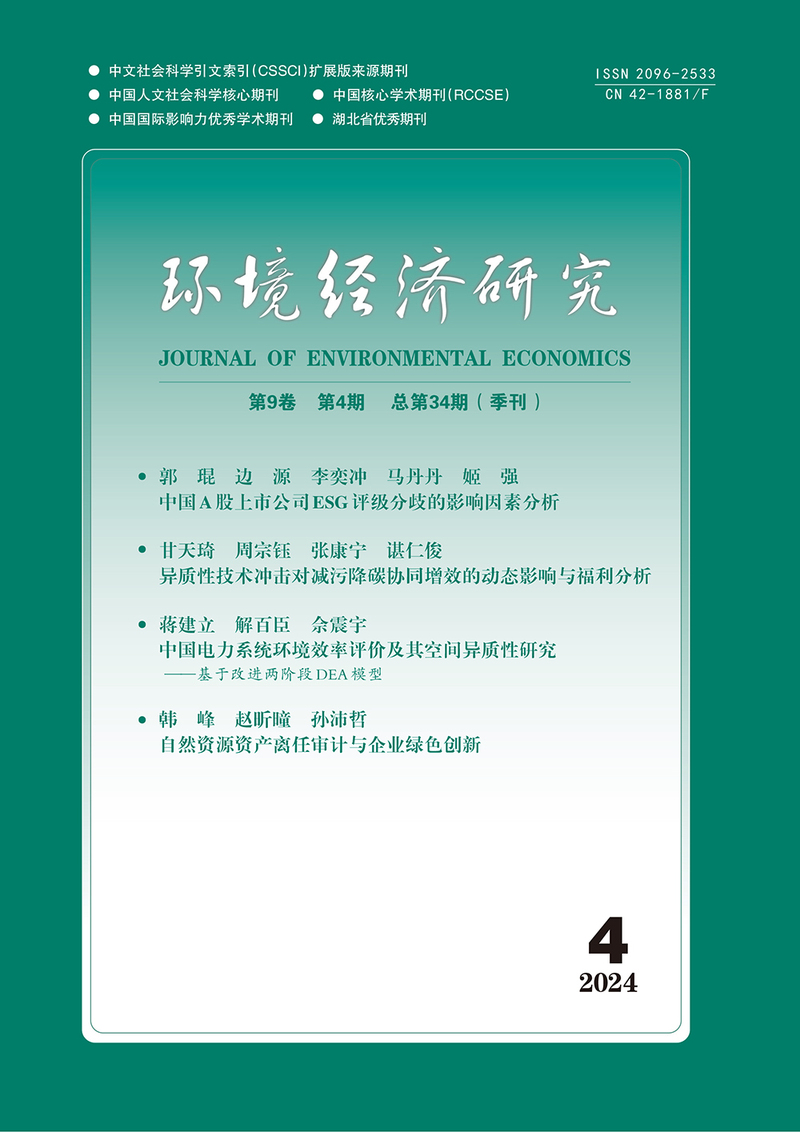A Social-ecological System Framework for Small Towns’ Transformation Governance
Zhang Xiaoling
摘要:中国城镇化发展出现新自由主义城镇化的特征,即城镇化发展过程中出现市场导向和社会-空间的多重转型。作为连接城市与乡村的重要纽带,我国小城镇的发展现状面临诸多挑战。在回顾小城镇的发展历程、解读其在城镇化体系中重要性的基础上,本文提出了我国小城镇当前发展面临的两大核心问题——居民“被动”参与城镇化过程和生态环境遭遇城市工业的“转移性”破坏。为寻求这些问题的破解之法,本文将小城镇置于新的理论框架——社会-生态系统之中,从行动者的行为逻辑和制度框架视角出发,提出相应的转型治理模式,并展望未来可能的发展方向,提倡将“以人为本”和“生态保护”作为新型城镇化道路的基本准则,并
为我国小城镇今后的可持续、均衡发展提供理论支持。
关键词 : 小城镇, 社会-生态系统, 转型
Abstract:The development of China’s new urbanization features neoliberalism, namely the market-oriented and social-spatial transitions. However, acting as the key link of urban and rural areas in China, small towns face a number of challenges. After reviewing the development processes of small towns and interpreting their importance in the urbanization system, this study put forward two core issues:“Small town residents are treated as passive participants in the process of urbanization”and“The eco-environment of small towns is destroyed by polluters which has transferred from urban areas.”In order to tackle these problems, we reposition small towns in the new theoretical framework - Social-Ecological Systems (SES), and propose a corresponding governance mechanism for their sustainable transformation based on actors’behavioral logic and the institutional framework. Finally, this paper proposed possible directions of small towns’transformation governance, advocates the basic guidelines for China’s new urbanization -“people-oriented”and“ecological protection,”and aims to provide a theoretical perspective for the sustainable and balanced development of small towns in the future.
Keywords: Small Town; Social-Ecological System; Transformation
基金资助:本文是国家自然科学基金项目“社会资本视角下的城中村治理机制与模式选择研究——基于SES的分析框架”(71673232)和香港城市大学研究项“Remaking sustainability Science: Epistemology, Agenda and Pathways”(9610386)的阶段性成果。
全文:![]() 基于社会—生态系统框架下的小城镇转型治理机制研究.pdf
基于社会—生态系统框架下的小城镇转型治理机制研究.pdf
DOI:10.19511/j.cnki.jee.2018.01.010
